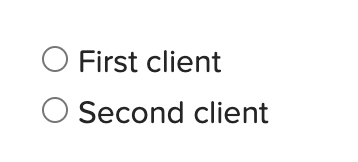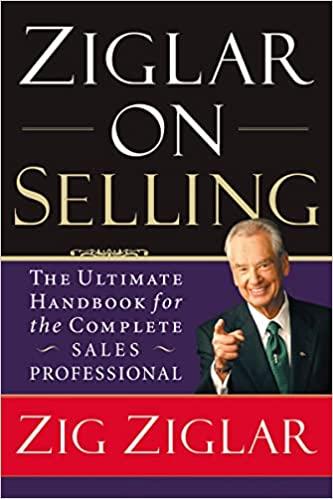Question
Consider the following information about a risky portfolio that you manage and a risk-free asset: E(r P ) = 12%, P = 17%, r f
Consider the following information about a risky portfolio that you manage and a risk-free asset: E(rP) = 12%, P = 17%, rf = 3%. a. Your client wants to invest a proportion of her total investment budget in your risky fund to provide an expected rate of return on her overall or complete portfolio equal to 8%. What proportion should she invest in the risky portfolio, P, and what proportion in the risk-free asset? (Do not round intermediate calculations. Round your answer to 2 decimal places.)

b. What will be the standard deviation of the rate of return on her portfolio? (Do not round intermediate calculations. Round your answer to 2 decimal places.)

c. Another client wants the highest return possible subject to the constraint that you limit his standard deviation to be no more than 12%. Which client is more risk averse?

First Client or Second Client?
\begin{tabular}{|l|l|l|} \hline Standard deviation & & % \\ \hline \end{tabular} \begin{tabular}{|l|l|l|} \hline & \\ \hline Risky portfolio & & % \\ \hline Risk-free asset & & % \\ \hline \end{tabular} First client Second clientStep by Step Solution
There are 3 Steps involved in it
Step: 1

Get Instant Access to Expert-Tailored Solutions
See step-by-step solutions with expert insights and AI powered tools for academic success
Step: 2

Step: 3

Ace Your Homework with AI
Get the answers you need in no time with our AI-driven, step-by-step assistance
Get Started


